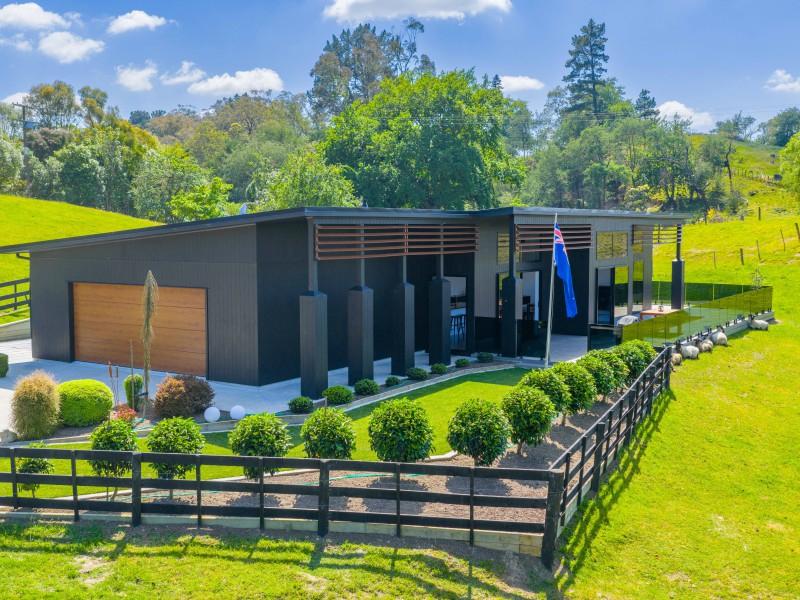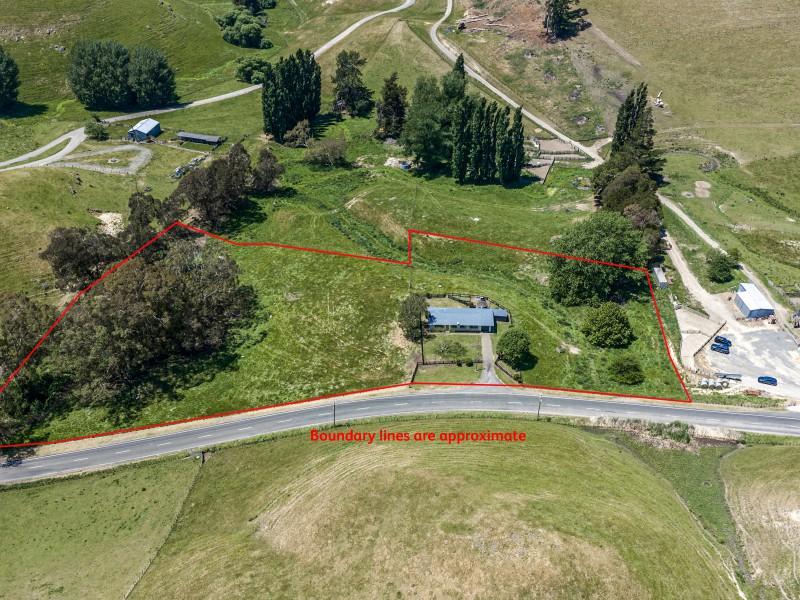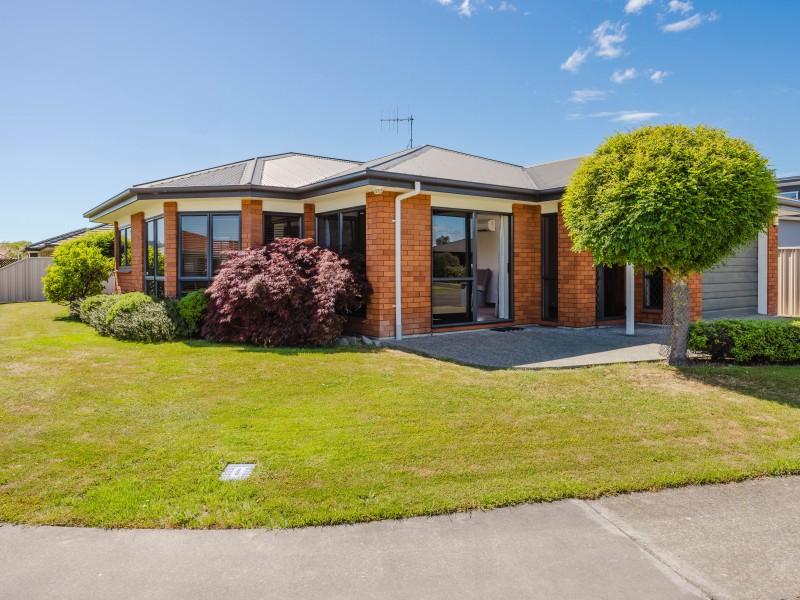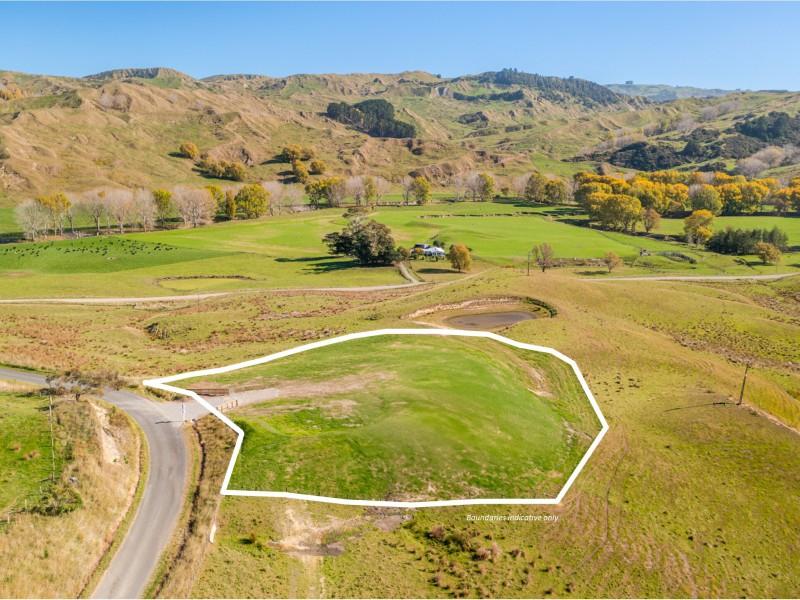Neville Harston - Park Island Cemetery
The NZ Remembrance Army team in the Hawke's Bay recently removed lichen from the headstone of a First World War Kiwi Airman, who was well know for the music shop he ran in Napier for over 6 decades.
Neville Forsyth Harston, was originally born in Paeroa, but moved to Napier with his parents when he was young. His father Harry Loveridge Harston was a musician from Newark in England, while his mother Catherine Marie Harston hailed from Liverpool
Neville was educated at Napier Boys High School, where he was serving with the Senior Cadets when the First World War broke out. It was the same school his older brother Ernest had attended before moving to study law at Auckland University.
Ernest had volunteered straight away and joined the Main Body of the New Zealand Expeditionary Force in 1914. He saw service at Gallipoli as a Captain in the Wellington Infantry Regiment, for which he was awarded a mention in despatches.
Commanding the 7th (Wellington West Coast) Company of the 1st Wellington Battalion on the Somme in 1916, Ernest fell ill and was invalided out of the New Zealand Division. After recuperating, he returned to New Zealand and was attached to the Defence Headquarters in Wellington.
While his older brother was away, Neville had gained employment as a clerk with the South British Insurance Company, after graduating high school. He was also posted to the 9th (Hawke's Bay) Regiment of the New Zealand Army Reserve.
His older brother's stories of the War didn't put him off, and when he reached the age of 20 and met the enlistment requirements, Neville volunteered for service overseas in Europe.
He also volunteered for one of the most dangerous roles of the War; a pilot with the Royal Flying Corps. Enlisting in the New Zealand Expeditionary Force in January 1918, he trained at the Sockburn Aerodrome established by Sir Henry Wigram.
Despite the dangerous nature of early aircraft, Neville was awarded his Royal Aero Club certificate and Canterbury Aviation Company pilot's brevet on 25 March 1918, in front of Colonel Chaffey and Sir Henry Wigram.
Flying the first plane built at the aerodrome, but with a new engine, Neville provided a display for the crowd, which including dropping potatoes from a height of 600 feet on to a target on the ground. He was commended for his accuracy.
Departing New Zealand on 2 May 1918 on HMT Balmoral Castle, as one of 30 cadets for the Royal Flying Corps, he arrived in London on 21 June and commenced further flying training.
It wasn't until 16 February 1919 that Neville was finally commissioned as a Second Lieutenant in the Royal Air Force, and so it is unlikely he saw combat during the War.
However, he did meet several notable individuals. Including the Duke of York, who would later be crowned King George VI and father of Queen Elizabeth II.
Leaving the RAF on 19 September 1919, Neville returned to Napier. But on rejoining the South British Insurance Company he was posted for a period to their Calcutta branch in India.
His older brother Ernest would also proceed overseas to become a member of the secretariat of the League of Nations. Settling in the United Kingdom, Ernest rose to become a partner in a law firm, a Borough Councillor, and Chairman of the British Empire Service League after he was knighted in 1958.
Returning to New Zealand in the early 1920s, Neville set up a music shop on Hastings Street in Napier. He also continued his military service as was one of the original founding members of the New Zealand Territorial Air Force on establishment in June 1923.
Known as quite the bachelor man about town, he frequently wore suits made in Saville Row. Living in an apartment above his shop, he had attended a 21st Birthday party on 2 February 1931, only to be woken at 10.47am the next morning when a massive earthquake caused his wardrobe to fall on to his bed.
The quake killed 256 people. The front of Neville's shop collapsed and then the entire building was then gutted by fire. Having lost everything he rebuilt from scratch in 1932, with a new facade in a Spanish mission style.
The shop was a popular location "where you could find that old piece of sheet music or gramophone record." There were also two small rooms where customers could sit and try out gramophone records before purchasing them.
Neville, also helped rebuild the Napier Aero Club, which had lost all its assets in the earthquake. He joined the executive of the Club and worked with many close friends to re-establish the embankment aerodrome. He was also assisting with the establishment of a new aerodrome at "the Beacons" in the late 1930s.
At the outbreak of the Second World War, Neville re-enlisted and joined the Royal New Zealand Air Force as an airfield controller. It is likely this included at Wigram, near Christchurch. As during the expansion of the base there during the War, a road 'Harston Place' was named after him, and still bears his name.
After the War, Neville continued working in his music store in Napier until his death in 1986. Very little changed in the shop over that time, and despite recent alterations, it still serves as a music shop today.
A brave Kiwi, who volunteered for one of the most dangerous jobs of the First World War, evidence of Neville Harston's service and dedication to music remain visible and Napier and Christchurch to this day. Lest we forget.
References:
www.aucklandmuseum.com...
www.airforcemuseum.co.nz...
paperspast.natlib.govt.nz...
collection.mtghawkesbay.com...
christchurchartgallery.org.nz...
data.napier.govt.nz...
knowledgebank.org.nz...
fotoweb.airforcemuseum.co.nz...
nzetc.victoria.ac.nz...
teara.govt.nz...
christchurchcitylibraries.com...
www.nzdf.mil.nz...
Neighbourhood Challenge: Who Can Crack This One? ⛓️💥❔
What has a head but no brain?
Do you think you know the answer? Simply 'Like' this post if you know the answer and the big reveal will be posted in the comments at 2pm on the day!
Want to stop seeing these in your newsfeed?
Head here and hover on the Following button on the top right of the page (and it will show Unfollow) and then click it. If it is giving you the option to Follow, then you've successfully unfollowed the Riddles page.

Scam Alert: Fake information regarding December Bonuses from MSD
The Ministry of Social Development is reporting that fake information is circulating about new ‘December bonuses’ or ‘benefit increases’
If you get suspicious communication, please contact Netsafe.

Poll: Are Kiwis allergic to “exuberance”? 🥝
In The Post’s opinion piece on the developments set to open across Aotearoa in 2026, John Coop suggests that, as a nation, we’re “allergic to exuberance.”
We want to know: Are we really allergic to showing our excitement?
Is it time to lean into a more optimistic view of the place we call home? As big projects take shape and new opportunities emerge, perhaps it’s worth asking whether a little more confidence (and enthusiasm!) could do us some good.

-
42.4% Yes
-
32.7% Maybe?
-
24.9% No
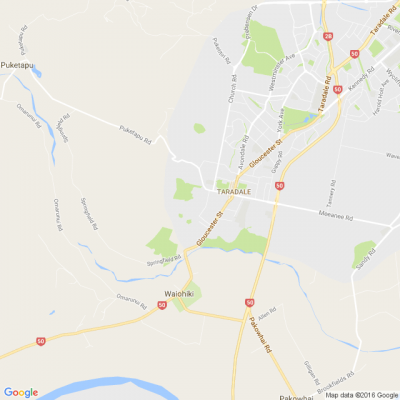
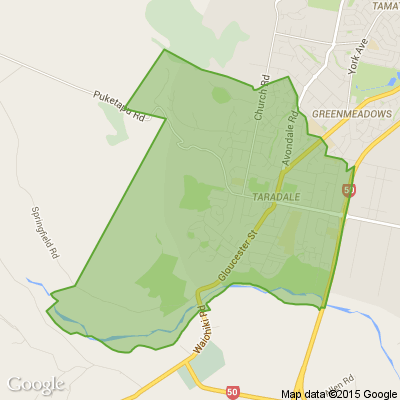





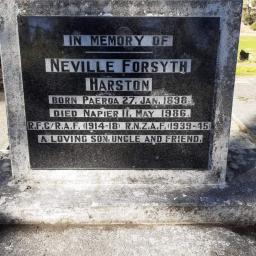
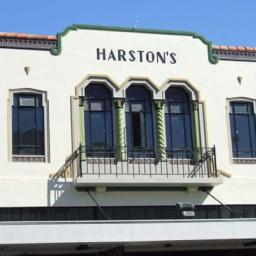

 Loading…
Loading…





